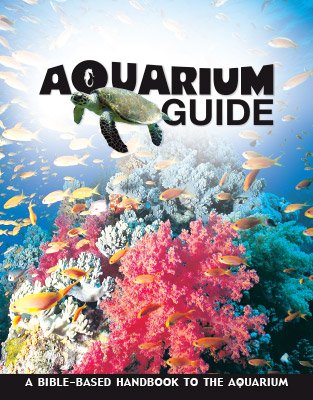American Lobster
The lobster has a unique design. Its mouth is used for much more than just eating.
Design

The lobster has a unique design. Its mouth is used for much more than just eating. If a lobster loses its claws and legs, it will use its mouth to pull itself around. The lobster does not chew its food; instead it has three grinders in its stomach that process the food. It uses its long antennae to feel the surrounding area, and its short antennules provide its sense of smell, which helps the lobster locate prey, predators, mates, and opponents. These designs all help the lobster survive.
Features
- The American lobster is normally a shade of reddish-brown.
- Most people recognize the lobster by its two large front claws. These are two of their ten legs, but they are not used for walking. One claw is used to grasp something for a long time, and the other one is the pincher that is used to grab something quickly.
Fun Facts
- The largest American lobster weighed 44 lbs (20 kg).
- It is also known as the northern lobster or the Maine lobster.
- Some genetic defects have resulted in blue, yellow, split-color, and albino lobsters.
- The American lobster is aggressive and will fight for the possession of rocky cave shelters.
CLASS: Malacostraca (crabs, krill, pill bugs, shrimp, and relatives)
ORDER: Decapoda (crabs, shrimp, and relatives)
FAMILY: Nephropidae (clawed lobsters)
GENUS/SPECIES: Homarus americanus
Size: 8–24 in (20–60 cm)
Weight: 1–9 lbs (0.5–4 kg)
Depth: Near the surface
Diet: Fish, crab, mussels, clams, starfish, sea urchins
Habitat: Shallow waters of the North American coasts
Aquarium Guide
With fun facts about more than 100 animals, this long-awaited Aquarium Guide includes beautiful pictures and reveals the incredible facts and design features that point to our amazing Creator. This handy size guide is excellent for school field trips and family trips to your favorite aquarium!
Browse Kids Book- © 2024 Answers in Genesis
- Privacy Policy
- Contact
- About

